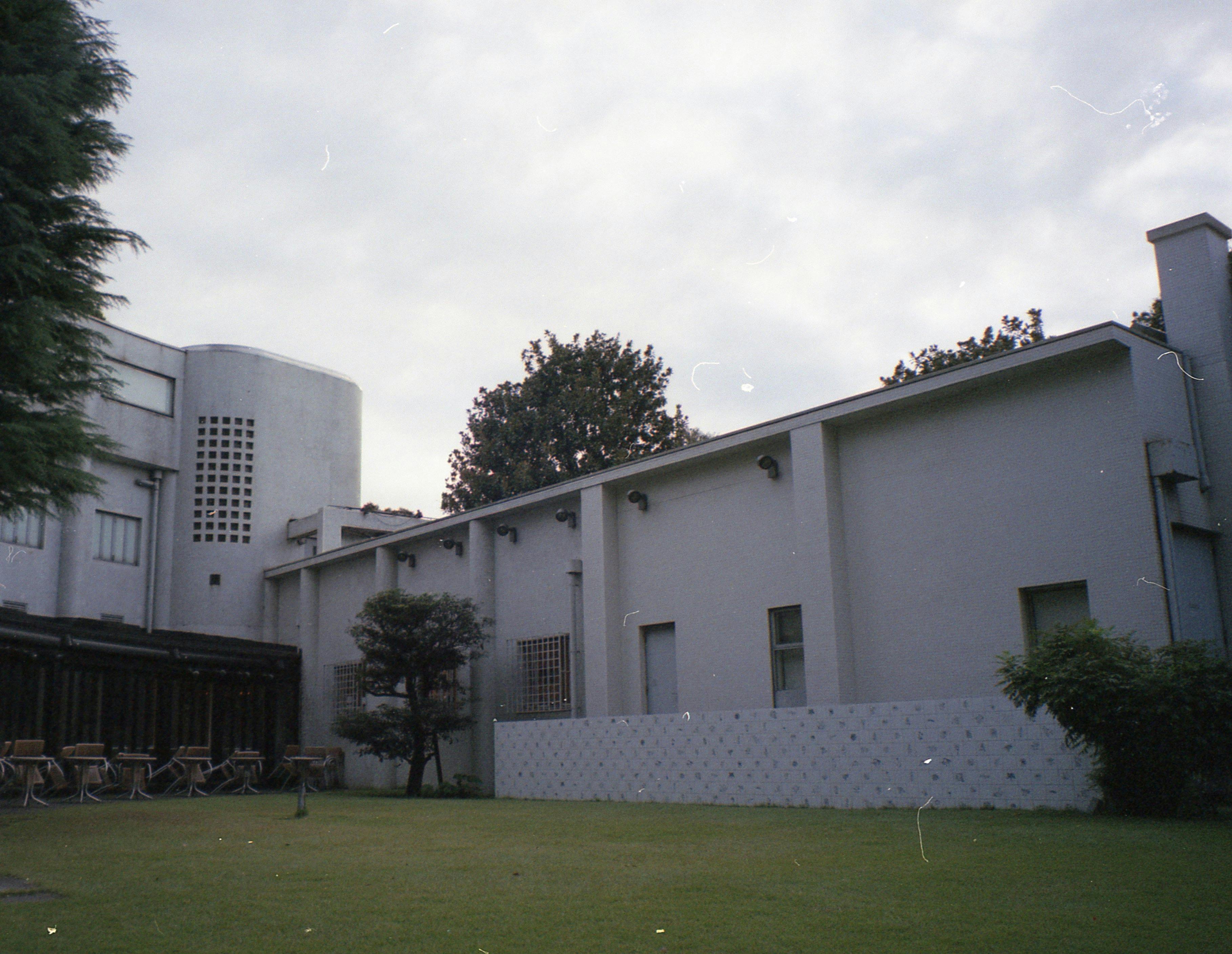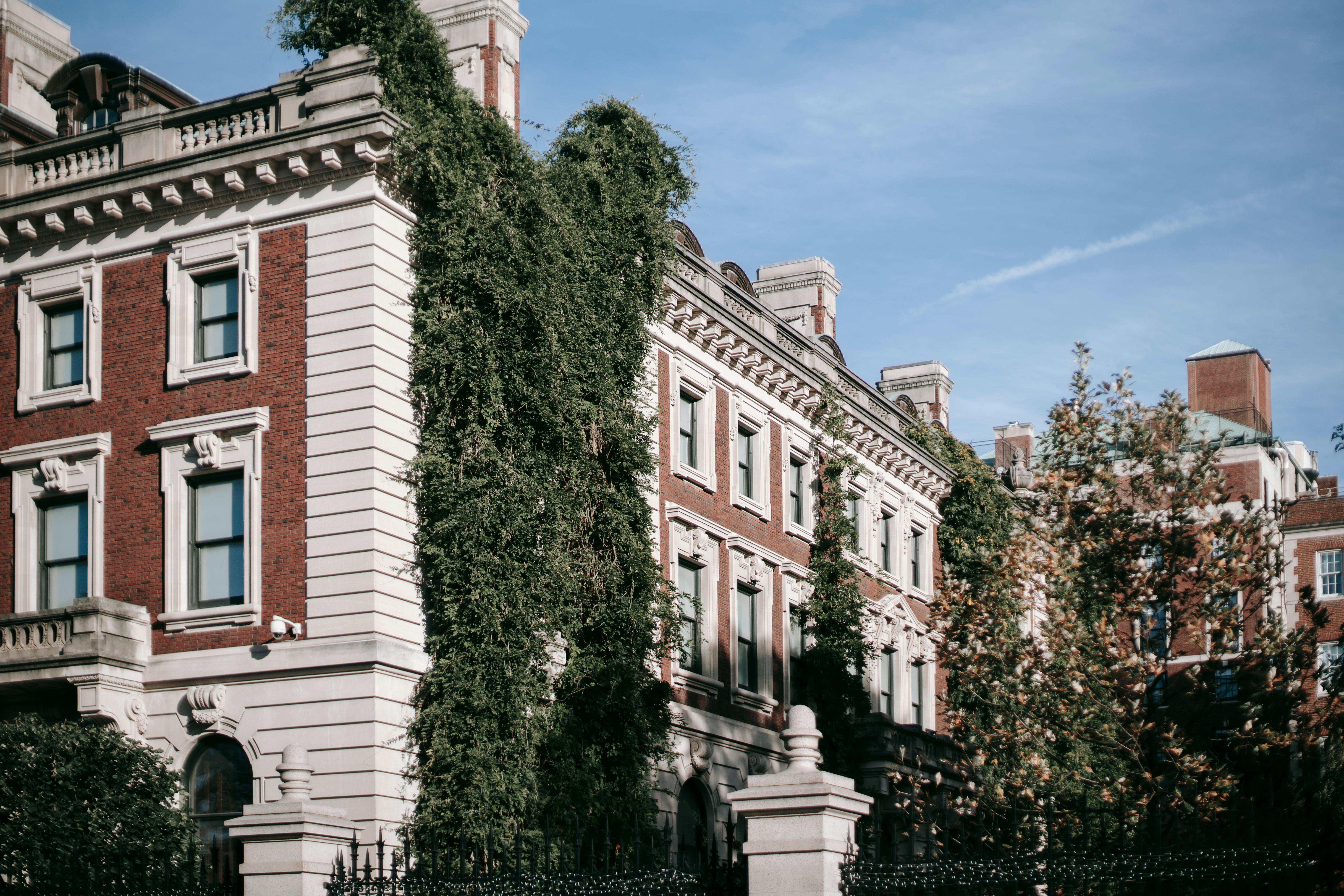Building a fenced in vegetable garden is a great way to have access to fresh produce from the comfort of your own backyard. Not only can you grow fruits and vegetables that are specific to your tastes and needs, but you can also enjoy the satisfaction of growing and harvesting your own food. When building a fenced in vegetable garden, there are certain steps that must be followed in order to ensure the success of your garden. In this article, we will discuss what you need to know about building a fenced in vegetable garden and provide tips on how to do so.1. Plan the Size and Layout of Your Vegetable Garden: Decide how much space you have for your vegetable garden, and then decide on the size and shape of your fence. Consider the amount of sunlight, soil type, and drainage in the area you plan to fence off.
2. Choose a Fencing Material: Choose a fencing material that will be sturdy enough to keep out animals while still allowing sunlight and air to reach your vegetables. Consider options such as metal, vinyl, wood, or wire mesh.
3. Install the Fence: Install the fence around your vegetable garden following any
Creating the Layout for Your Vegetable Garden
Creating the layout for your vegetable garden is a critical step in ensuring a successful crop. It’s important to consider the size, shape, and sun exposure of your garden, as well as proper spacing between plants. With careful planning, you’ll be able to create an efficient and productive garden that will yield plenty of vegetables.
The first step in creating the layout of your vegetable garden is to determine its size. Consider how much space you have available, as well as how much
Selecting the Site
When selecting a site for your garden, there are a few things you should consider. The amount of sunlight the area receives is important, as plants need adequate sunlight to survive. You should also consider how much space you have available and what type of soil is present. If the soil is not suitable for gardening, you may need to bring in topsoil or amend the existing soil with compost or manure. Additionally, it’s important to identify any potential hazards such as power lines, tree roots, or underground pipes that might interfere with your project
Installing the Fencing Around Your Vegetable Garden
Installing a fence around your vegetable garden is an important step in keeping out pests and protecting your crops. A good fence should be sturdy, durable, and easy to maintain. It should also be designed to blend in with the natural landscape of your garden. Before you begin installing a fence, there are a few things you need to consider.
First, decide what type of fencing material you want to use. Common choices include wood, vinyl, aluminum, and wire mesh. Each has its own benefits and drawbacks
https://images.pexels.com/photos/6046312/pexels-photo-6046312.jpeg
Choosing the Right Soil for Your Vegetable Garden
Having a vegetable garden can be a great way to enjoy fresh produce while also getting some exercise and time in the sun. To get the most out of your garden, it is important to start with the right soil. The soil should have a good balance of nutrients and provide drainage, aeration, and support for your plants. Here are some tips for choosing the right soil for your vegetable garden.
The first step in choosing the right soil is to determine what type of vegetables you will be

Deciding What Vegetables to Plant in Your Fenced Garden
Choosing the right vegetables for your fenced garden can be a tricky task. It is important to select varieties that will thrive in the conditions available and provide you with a good harvest. Consider the size of your garden, the type of soil, how much sun it receives, and what type of pests are present when selecting your vegetables. Additionally, you should consider what types of vegetables you want to grow and how much time you have available for maintenance and harvesting.
Caring for Your Fenced Vegetable Garden
Caring for your fenced vegetable garden is an important part of ensuring a successful harvest. A well-maintained vegetable garden can provide you with fresh, nutritious vegetables throughout the season. Here are some tips on how to care for your fenced vegetable garden:
Mulching is a great way to keep your soil healthy and help retain moisture. Mulch also helps to suppress weeds and reduce the amount of watering needed. You can use organic materials such as straw, wood chips
Controlling Weeds in a Fenced Garden
Weed control is an important part of gardening, especially when it comes to keeping a fenced garden free of unwanted plants. It takes some work to keep weeds from encroaching on your garden, but with the right techniques and tools it can be done. Here are some tips for keeping your fenced garden weed-free:
Mulch: Mulching is a great way to prevent weeds from taking over your garden. Spread mulch around plants to help keep weeds at bay, and

Conclusion
Building a fenced in vegetable garden is a great way to cultivate your favorite vegetables and herbs. It provides a safe and secure environment for your plants to grow, while also keeping out pests and other animals that may try to damage your garden. By following the steps outlined above, you can easily create a fenced in vegetable garden that will provide years of delicious produce. Choose the right materials for your fence, consider the size and layout of your garden, and make sure that you build the fence correctly for maximum protection. With some planning and effort, you can soon enjoy
